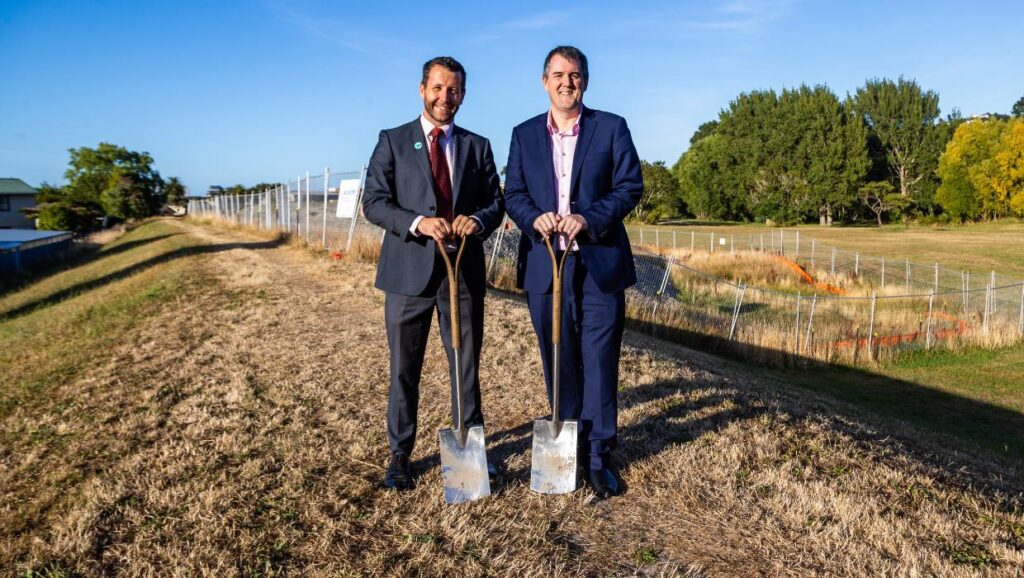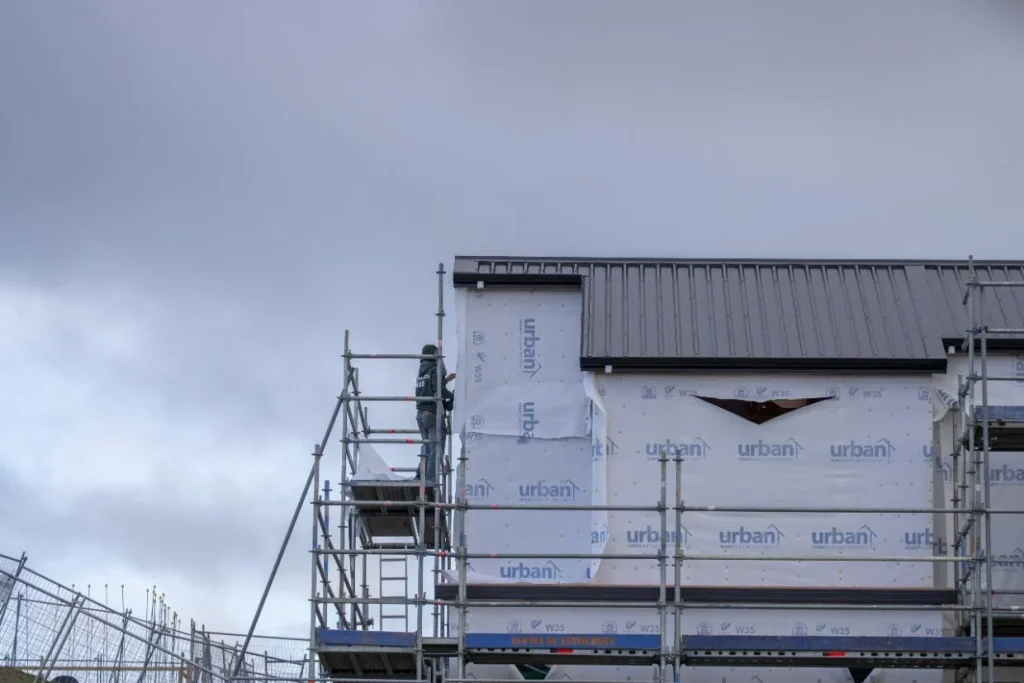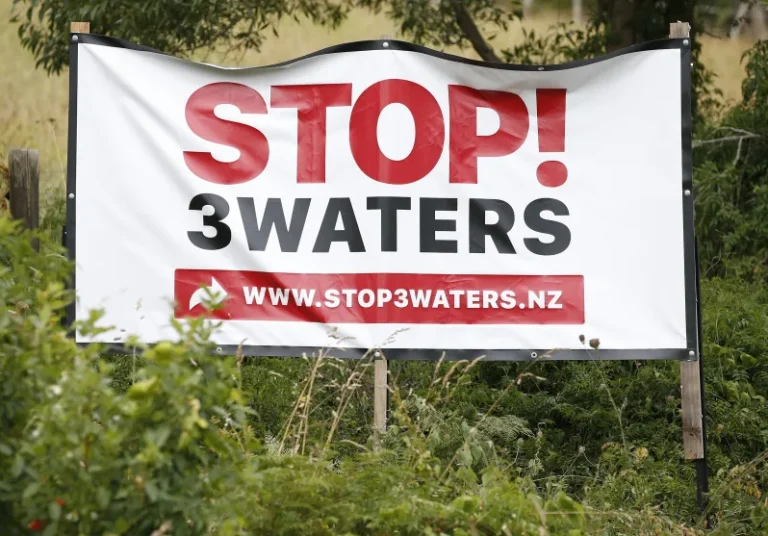
Campbell Barry is the outgoing mayor of Lower Hutt
OPINION: Council rates increases across the country are on a trajectory that is simply unaffordable for residents already struggling to pay household bills, especially those on fixed incomes.
I don’t say this to make an argument for low or zero rates increases which have already been promised on the campaign trail as this year’s local body elections swing into gear.
Kicking the can down the road by keeping rates artificially low is one of the reasons councils are now facing a financial sustainability problem.
I say this to make the case for widening the toolbox of revenue streams available to Local Government.
The infrastructure deficit councils face is significant, and rates are a blunt tool – the double-digit rates rises many councils have made in recent years, and their compounding effect, is painful evidence of this.
For many councils, including mine, transport and water account for 60 to 70 per cent of capital budgets. About 50 per cent of our council’s 12.6 per cent rates increase this year is in water investment alone.
It has been difficult to have a broader conversation with the Government about different ways of raising revenue.
There were some good conversations with the previous Government but these did not progress into something more tangible prior to the 2023 general election.
The current Government has focused on establishing a regional deals framework and Ministers have said they’re keen to unlock new funding and financing tools.

This sounds promising but we need action sooner rather than later.
For example, the coalition agreement between ACT and National says they will: “Introduce financial incentives for councils to enable more housing, including considering sharing a portion of GST collected on new residential builds with councils”.
Recent Stats NZ data shows the value of building consents issued last year totalled more than $17 billion. If 50 per cent of GST from this activity was shared with councils, it would generate $1.3b for city and district councils to invest in core infrastructure that supports growth.
The Government should move on this.
There’s more that can be done on GST. The Government also collects GST on rates which is basically a tax on a tax.
Councils across the country collect about $10 billion in rates each year. If the Government got rid of GST on rates, it would instantly equate to a $450 to $650 decrease in the average residential ratepayer’s annual bill.
The Government also doesn’t pay rates on property it owns like schools and hospitals, even though they require and use many of the same local services.
Auckland Council, for example, estimated in 2024 that the total value of rates the Government was exempt from in the city was more than $36 million.
Local Government needs flexible funding to keep delivering what communities need. These could include things like congestion charging, fuel levies, bed taxes, and value capture tools.
But it takes two to tango — we can’t be pushing for more revenue tools without taking a hard look at ourselves.
Councils need to front up and think about how they could be doing things differently.
They also need to make the most of any opportunity handed to them like new models enabled under the Infrastructure Funding and Finance Act 2020.
Wellington City Council, for example, is using a special purpose vehicle under this legislation for a new $400 million sludge minimisation facility.
It means the money raised will stay off the council’s balance sheet providing the council with flexibility to fund other infrastructure projects within existing borrowing limits.
Councils need to find efficiencies to drive down costs and boost outputs whether that’s looking at reorganisation or embracing innovation.
For example, my council is considering adding a non-binding referendum question to this year’s local election ballot, asking whether the community supports exploring regional amalgamation.
The council has also developed an AI strategy and there is already evidence that staff using this technology are saving between 30 minutes and an hour each day.
There is a project underway to apply AI to LIM reports which means they can be generated in a couple of minutes rather than taking up to ten days. This approach has the opportunity to be a game-changer for how council services are delivered.
I think most people agree that Local Government needs a shake-up but the usual “low rates” messaging at election time by some does a real disservice to the actual issues that exist.
We’ve had the reviews, recommendations and conversations to tell us exactly what’s wrong.
Now, both councils and the Government need to drive the required change.
The Post and Infrastructure New Zealand are hosting the Future Proofing New Zealand; local government 2050 forum in Wellington. Speakers are Deputy Prime Minister David Seymour, Local Government Minster Simon Watts, Regional Economic Development Minister Shane Jones and Labour’s local government spokesman, Tangi Utikere. The Post national affairs editor Andrea Vance will ask the hard questions on behalf of ratepayers. And we’ll be hearing from a panel of mayors and experts about the crunch issues, moderated by political and economics editor Luke Malpass, and Infrastructure NZ’s Katie Bradford. Watch the livestream and discussion on The Post from 5.30pm on Wednesday, June 18.
The forum was made possible with the support of Infrastructure NZ and Aurecon.



